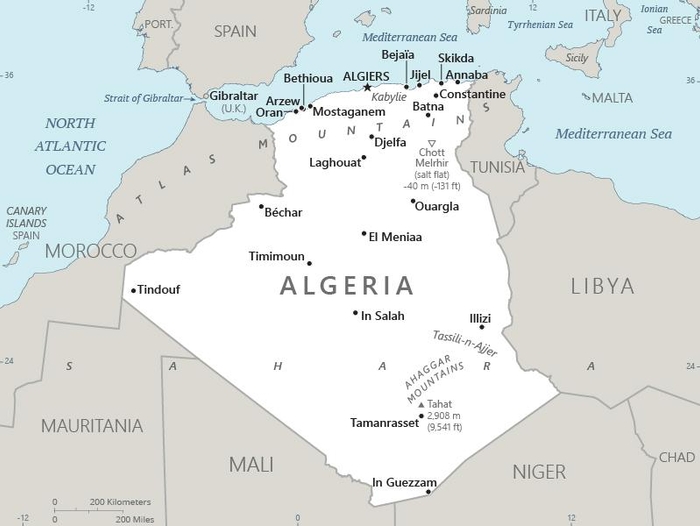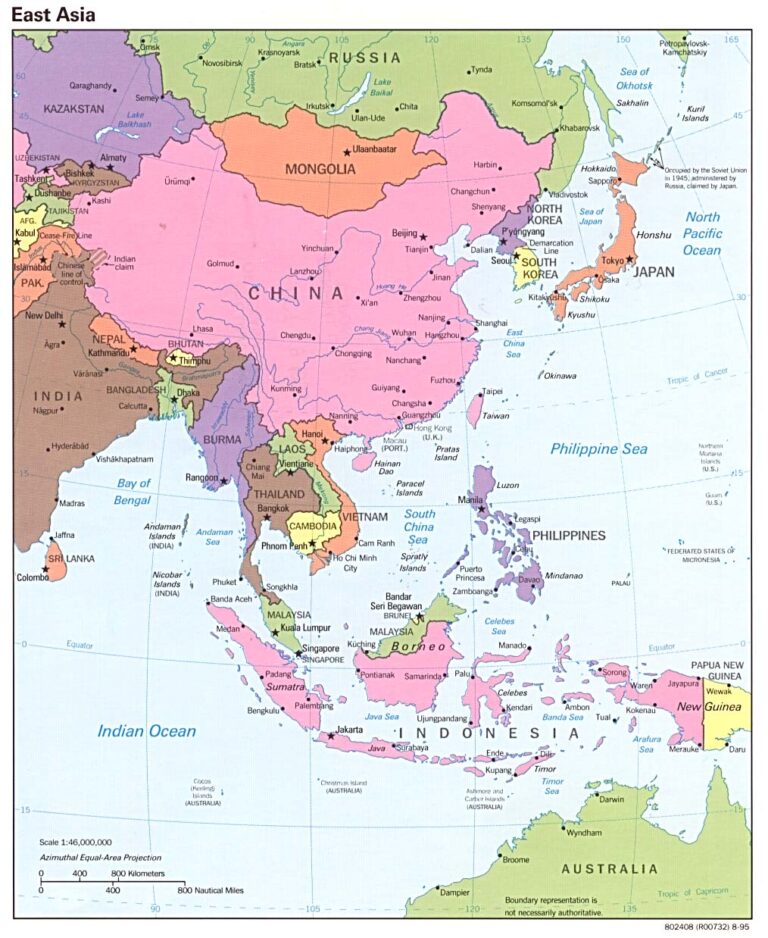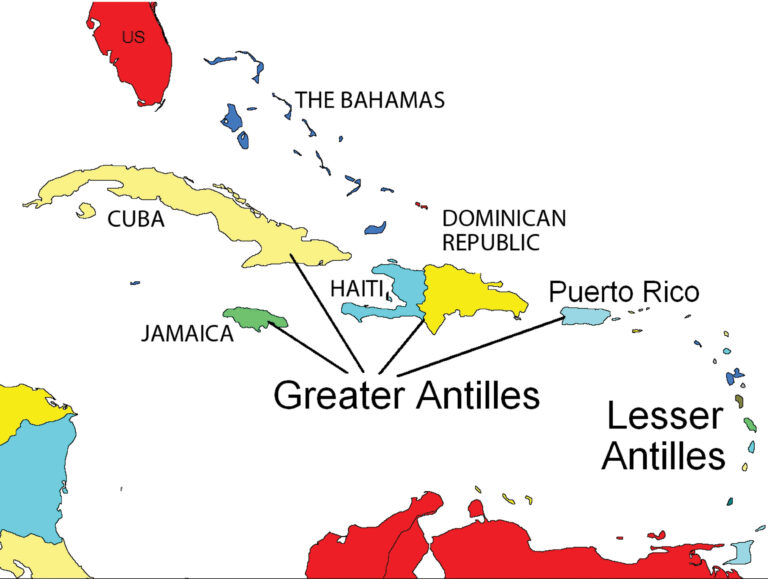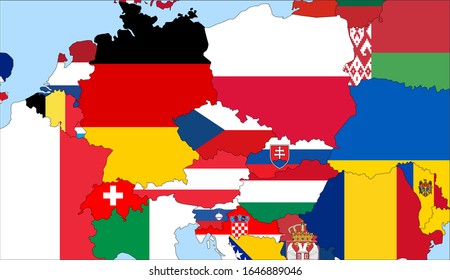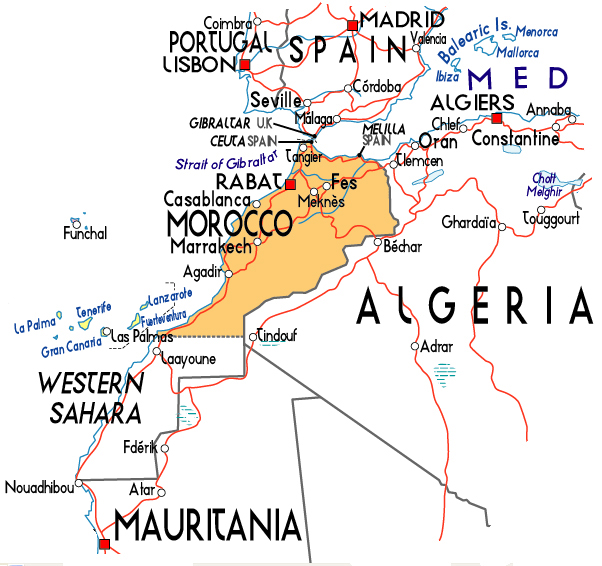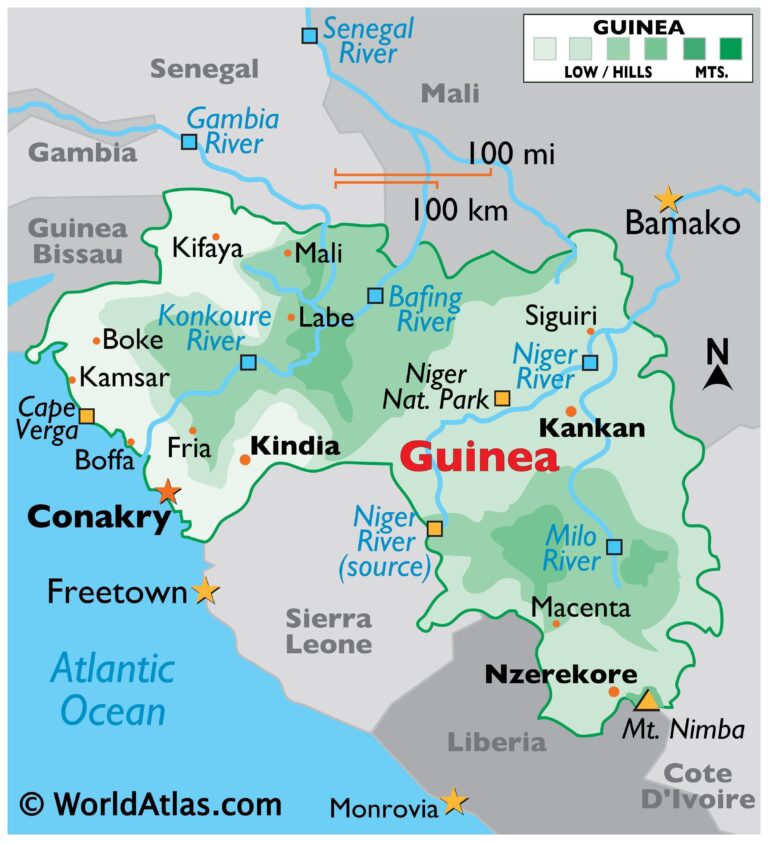Switzerland Neighbouring Countries and European Neighbors
Switzerland’s Neighboring Countries
Switzerland’s like a gem in Europe’s center, surrounded by five countries, each bringing something cool to the table in terms of culture and scenery.
Germany
North of Switzerland, Germany shares a lively border with exchanges in culture and business. This line runs along the High Rhine and Lake Constance. It’s not just about beauty here; these spots are big for trade too.
| Border Length | Key Feature |
|---|---|
| 346 km | High Rhine, Lake Constance |
Want more scoop on geography and history? Head over to Geology.com.
France
On the western side, France cozies up to Switzerland. Part of their boundary goes through Lake Geneva, a freshwater reservoir that’s a hit with tourists and trade enthusiasts alike (Wikipedia Geography).
| Border Length | Key Feature |
|---|---|
| 573 km | Lake Geneva |
France’s bond really shakes things up in Switzerland’s culture and economy.
Austria
Eastward, Austria shares a slice of its Alpine goodness with Switzerland. Known for jaw-dropping ski resorts, this border boosts tourism and trade.
| Border Length | Key Feature |
|---|---|
| 180 km | Alps |
Liechtenstein
Liechtenstein, though tiny, makes a big impact to Switzerland’s east alongside Austria. Their border’s a mere 41 km, crucial for easy travel and business.
| Border Length | Key Feature |
|---|---|
| 41 km | Rhine River |
Italy
Down south, Italy borders Switzerland, a big player for both economy and culture. This border cuts through the Alps, creating stunning views and tourist hotspots.
| Border Length | Key Feature |
|---|---|
| 698 km | Alps |
Grasping Switzerland’s links with its neighbors helps you see why it’s special in Europe. Curious about other countries? Check our pieces on San Marino’s neighbors and Serbia’s neighbors.
Borders and Geographic Features
Switzerland sits pretty as a landlocked gem in Central Europe, boasting jaw-dropping views all around. Bordered by five countries, it’s strategically placed and packed with diverse features. Let’s gab about those that make each neighboring stretch special.
Northern Border with Germany
On its northern edge, Switzerland cozies up to Germany, sharing a 218-kilometer (135-mile) boundary. This line traces along the Rhine River, delivering postcard-perfect vistas and serving as a busy thoroughfare for goods and people (Britannica). The Rhine turns this strip into a vital link between these two nations.
Western Border with France
Swinging to the west, there’s France, stretching the Swiss-French relationship over 573 kilometers (356 miles). The Jura Mountains naturally punctuate this border, acting like a scenic backdrop to cultural and trade exchanges (World Atlas). This zone is where French cafes and Swiss precision meet.
Eastern Borders with Austria and Liechtenstein
Heading east, Switzerland hangs out with Austria and Liechtenstein.
- Austria shares a 180-kilometer (112-mile) boundary.
- Liechtenstein, the smaller buddy, connects over a 41-kilometer (25-mile) stretch.
These regions flaunt alpine charm, offering stunning panoramas year-round. They keep Switzerland in contact with the heart of Central Europe, making it a magnet for travelers seeking alpine thrills.
Southern Border with Italy
Looking south, the Swiss-Italian border unfurls over 734 kilometers (456 miles). The Alps, mighty and mystical, dominate this southern stretch, earning Europe’s envy with their awesome views. These peaks shape climates, carve experiences, and host world-class skiing and hiking escapades.
| Border | Length (km) | Key Features |
|---|---|---|
| Germany | 218 | Rhine River |
| France | 573 | Jura Mountains |
| Austria | 180 | Alpine Panoramas |
| Liechtenstein | 41 | Alpine Panoramas |
| Italy | 734 | The Alps |
Switzerland’s prime locale not only makes it a knockout in the beauty department but also keys into its role as a crossroad in Europe. Eager for more on neighbors? Peek at our articles about San Marino’s neighbors, Serbia’s neighbors, and Spain’s neighbors.
Mountainous Regions and Water Sources
The Alps Coverage
Switzerland’s got these massive rock formations called the Alps taking over about 60% of the country. They hog the southern part, boasting peaks that make mountain climbers break out in song—49 of these beauties spike over 4,000 meters high. Switzerland packs a serious punch in the European Alps scene. The Alps are a big deal here, shaping the country’s map, lifestyle, and wallet, offering jaw-dropping vistas and one-of-a-kind eco-vibes (Wikipedia).
| Feature | Detail |
|---|---|
| Coverage | 60% of Switzerland |
| Notable Peaks | 49 four-thousanders |
| Importance | Major impact on geography and economy |
The Central Plateau
The Swiss Plateau, caught between the Alps and the Jura hills, is where most of the movers and shakers live—about 85% of ’em cozy up in cities. It’s the hotspot for big names like Zurich, Geneva-Lausanne, Basel, and Bern, which wield a lot of political and economic clout (Wikipedia). Think gentle hills, lush fields, and a comfy climate—perfect for growing stuff and living the good life.
| Feature | Detail |
|---|---|
| Population | About 85% urban |
| Major Cities | Zurich, Geneva-Lausanne, Basel, Bern |
| Climate | Mild, fertile farmland |
The Jura Mountains
The Jura Mountains hug the western edges of Switzerland. They aren’t as towering as the Alps but boy, do they offer some eye-catching, rugged terrain. These hills have three separate chains, offering a geological smorgasbord. They stretch into places like Graubünden, home to the Misox, Bregaglia, Poschiavo, and Müstair valleys. Valais is another key player, with parts dipping into the upper Diveria valley and beyond the Simplon Pass (Geography of Switzerland – Wikipedia).
| Feature | Detail |
|---|---|
| Location | Western border of Switzerland |
| Important Areas | Canton of Graubünden, Canton of Valais |
| Landscape | Rugged, less elevated than the Alps |
Freshwater Reserves
Switzerland is like Europe’s water tower, stashing away about 6% of the continent’s liquid gold. Big-time rivers like the Rhine, Rhone, Reuss, and Ticino kick things off right in the heart of the Swiss Alps. These waterways aren’t just there for looks—they’re crucial for providing water and cranking out hydroelectric power, which plays a huge part in the nation’s eco-friendly energy game plan.
| Feature | Detail |
|---|---|
| European Freshwater Reserve | 6% |
| Major River Sources | Rhine, Rhone, Reuss, Ticino |
| Importance | Water supply, hydroelectric power |
Getting the 411 on Switzerland’s mountains and water scene is key to appreciating the country’s nature jackpot and the impact it has. Want more dirt on how Switzerland stacks up against neighboring countries? Check out our takes on serbia neighboring countries and sudan neighboring countries.
Population and Urban Areas
Taking a peek at how folks are scattered across Switzerland tells a lot about its setup. Seeing so many people living in cities sheds light on its network of bustling and smaller towns anchoring its unique structure.
Urban Population Percentage
Picture this: Around 85 out of every 100 people in Switzerland are city slickers, hanging out in urban spots (Wikipedia). It paints a vivid pic of Swiss life, with lots of people piling into the bustling towns that keep the country ticking.
| Population Metric | Percentage |
|---|---|
| Urban Population | 85% |
| Rural Population | 15% |
Major Cities
Big cities in Switzerland aren’t just throwing their weight around—they’re driving the country. Zurich, Geneva, Basel, and Bern aren’t only dots on a map; they’re hubs where people gather and grow, each adding its own flavor to the mix.
Zurich: The big cheese, Zurich, runs the show as a legit global cash center right on the Swiss Plateau.
Geneva: Geneva isn’t just about watches and chocolate; it’s the hangout for international bigwigs and other key players.
Basel: Sitting pretty on the Rhine, Basel’s got a knack for making chemicals and pills that keep the world turning.
Bern: Not as packed as Zurich or Geneva, Bern might not have the numbers but it sure has the clout as the heart of politics on Swiss soil.
Federal City
Bern isn’t just about pretty sights; it’s where the big decisions go down. The federal buildings give the place a real backbone, showing why it’s key in running the Swiss show.
Want to see how other places stack up? Take a gander at what’s next door in the articles about Sweden’s neighborly bonds and Serbia’s bordering buddies.
Historical and Political Connections
Founding and Independence
Switzerland’s roots of freedom sprouted way back in the Late Middle Ages with the birth of the Old Swiss Confederacy. The famed Federal Charter of 1291 is like the elder scroll of Switzerland—a pact that laid down the groundwork for a united front to keep those pesky invaders away and boost trade. Fast forward to 1648, and we hit the jackpot with the Peace of Westphalia, which gave Switzerland a thumbs-up for independence from the Holy Roman Empire. Quite the coup! (Wikipedia)
Neutrality and Diplomatic Role
For centuries, Switzerland’s been like that one friend who refuses to take sides when everyone’s at each other’s throats—mastering the art of armed neutrality since the 1500s. They waved goodbye to the battlefields after the skirmish at Waterloo in 1815, deciding to sit out the world’s wars with a cuppa in hand. This knack for staying neutral kept Switzerland safe and sound. But hey, don’t confuse neutrality with inaction. When it comes to diplomacy, Switzerland is like the craftiest chess player. They stepped into the United Nations in 2002 and have been shaking hands and brokering peace deals ever since (Wikipedia).
International Engagements
Push the tape forward to the 20th century, and you’ll see Switzerland rolling up its sleeves and pulling strings on the diplomatic stage. They’ve been whispering in the ears of neighboring countries, playing a pivotal part in Europe’s economic mix while keeping their “neutral” name tag firmly on. During the Cold War, Switzerland acted as the cool mediator between the East and West, helping to ease some of the tension (Swiss Federal Department of Foreign Affairs).
In a bold move, Switzerland shook hands with the League of Nations in 1920, right after the Great War. This action underlined their vow for teamwork and peacekeeping on the global stage, giving the world a taste of Swiss diplomacy that was built on neutrality but rich in collaboration.
Craving more stories from around the globe? Check out how Senegal rubs shoulders with its neighbors here, or see who Slovakia hangs out with here.
Economic and Diplomatic Relations
Economic Ties with Neighbors
Switzerland’s got quite the business buddy circle with its neighbors: Germany, France, Austria, Liechtenstein, and Italy. Throughout the 20th century, these ties have strengthened economic connections, favoring a bustling vibe of cross-border trade and investment. It’s like Switzerland’s multilingual friendship unfolding in the economic register – trading goods like watches, automobiles, and pharmaceuticals. This economy dance has helped everyone involved, paving the way for cooperation and prosperity.
| Neighboring Country | Key Exports to Switzerland | Key Imports from Switzerland |
|---|---|---|
| Germany | Cars, Machinery | Medicines, Chemicals |
| France | Wine, Beauty Products | Machines, Clocks |
| Austria | Farm Goods | Drugs, Equipment |
| Liechtenstein | Equipment, Tools | Financial Services, Gear |
| Italy | Fashion, Cars | Drugs, Gear |
Membership in International Organizations
Switzerland likes to play a key role on the global stage, joining hands with major international players for diplomatic and economic partnerships. It jumped into the United Nations fold back in 2002, and still pulls its weight in global matters. As a founding member of the European Free Trade Association (EFTA), Switzerland pops the cork on free trade for its fellow players. This active membership lets it take part in international affairs while trying to keep the world in one piece.
| Organization | Joined in | Objectives |
|---|---|---|
| United Nations (UN) | 2002 | World peace, safety, group projects |
| European Free Trade Association (EFTA) | 1960 | Encouraging open trade among members |
Bilateral Agreements
Switzerland isn’t part of the European Union party, but it knows how to keep the good vibes rolling. Ever since 1989, the nation’s been tweaking its neutral stance, making friendly pacts with its neighbors minus the EU membership badge. These moves cover a buffet of sectors like trade, travel, environment, research, and safety game plans, keeping the country’s economy cozy with Europe while standing tall on its own terms.
Through bilateral agreements, Switzerland enhances economic team-ups, eases cross-border travels, and strengthens political camaraderie with nearby countries. These approaches ensure it’s economically tangled with European neighbors without giving up its independent dance.
For more reads, give these a go:
- san marino’s neighboring buddies
- serbia’s neighboring pals
- slovenia and its neighbors

